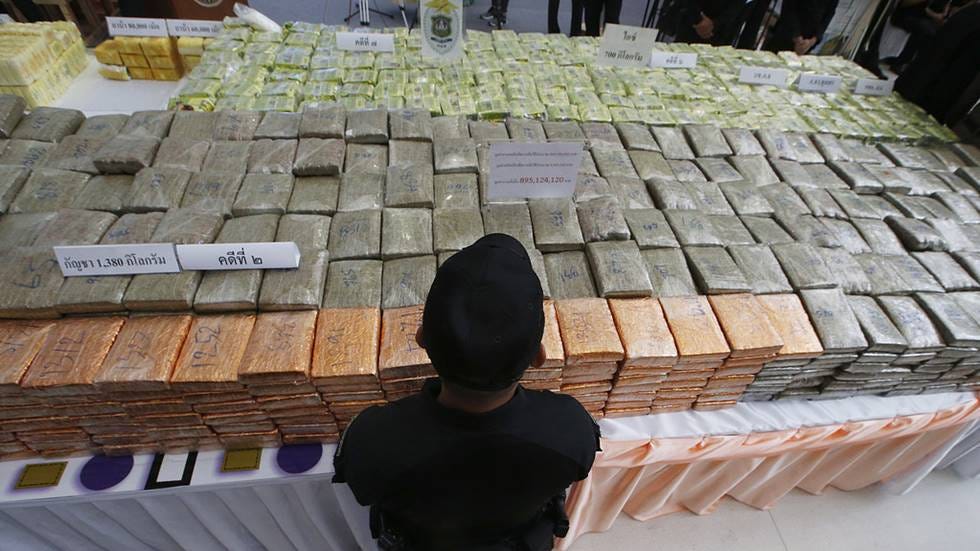Asia’s Growing Scourge: Methamphetamines
Yaba begins to replace heroin as the drug of choice

By: Michele Penna
Mammoth seizures of crystal methamphetamines in February and April by authorities in Myanmar’s Shan state are a reminder that Covid-19 isn’t the only epidemic affecting Southeast Asia. A much older plague keeps on killing thousands both locally and internationally.
In a series of raids on production facilities, police found 500 kilograms…
Keep reading with a 7-day free trial
Subscribe to Asia Sentinel to keep reading this post and get 7 days of free access to the full post archives.
